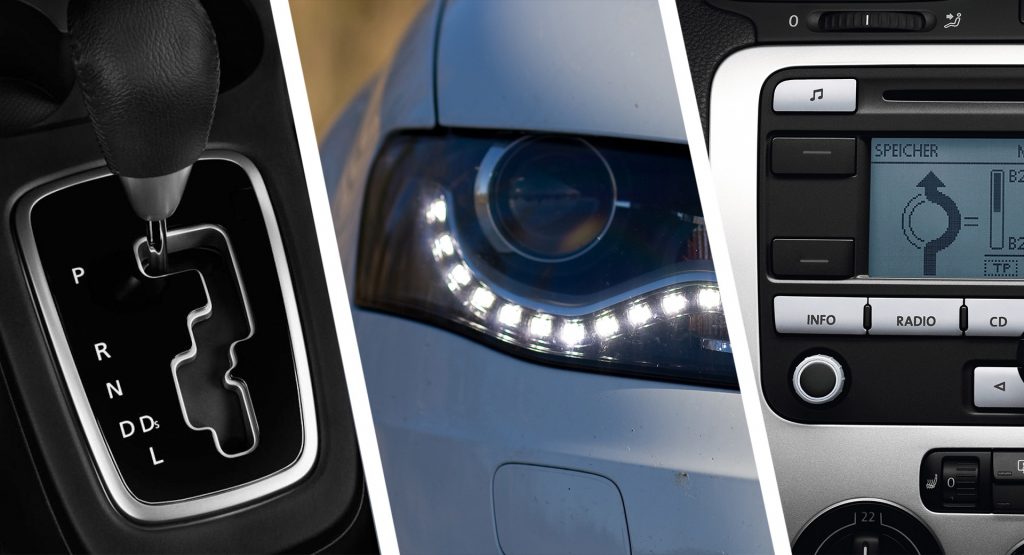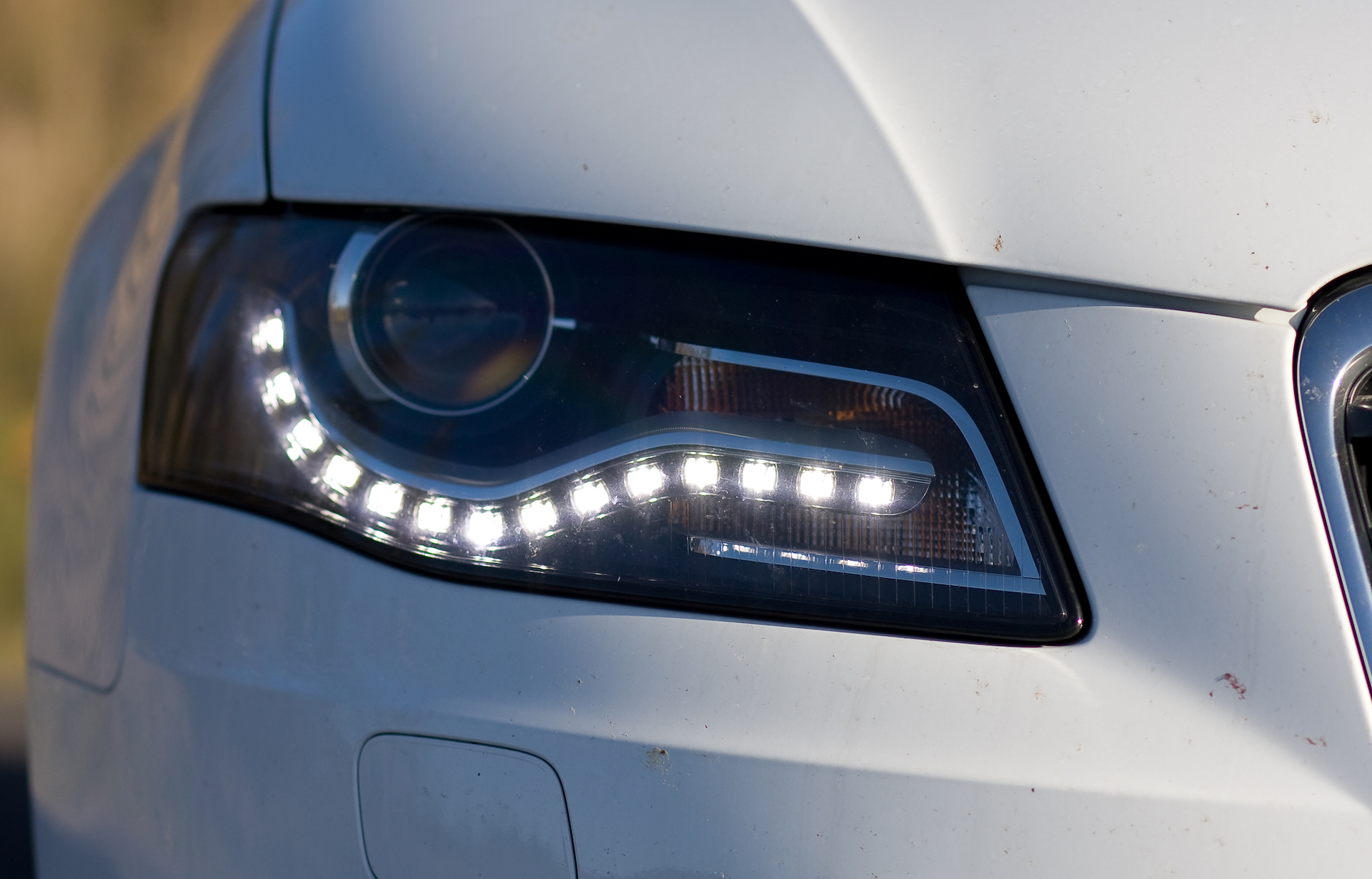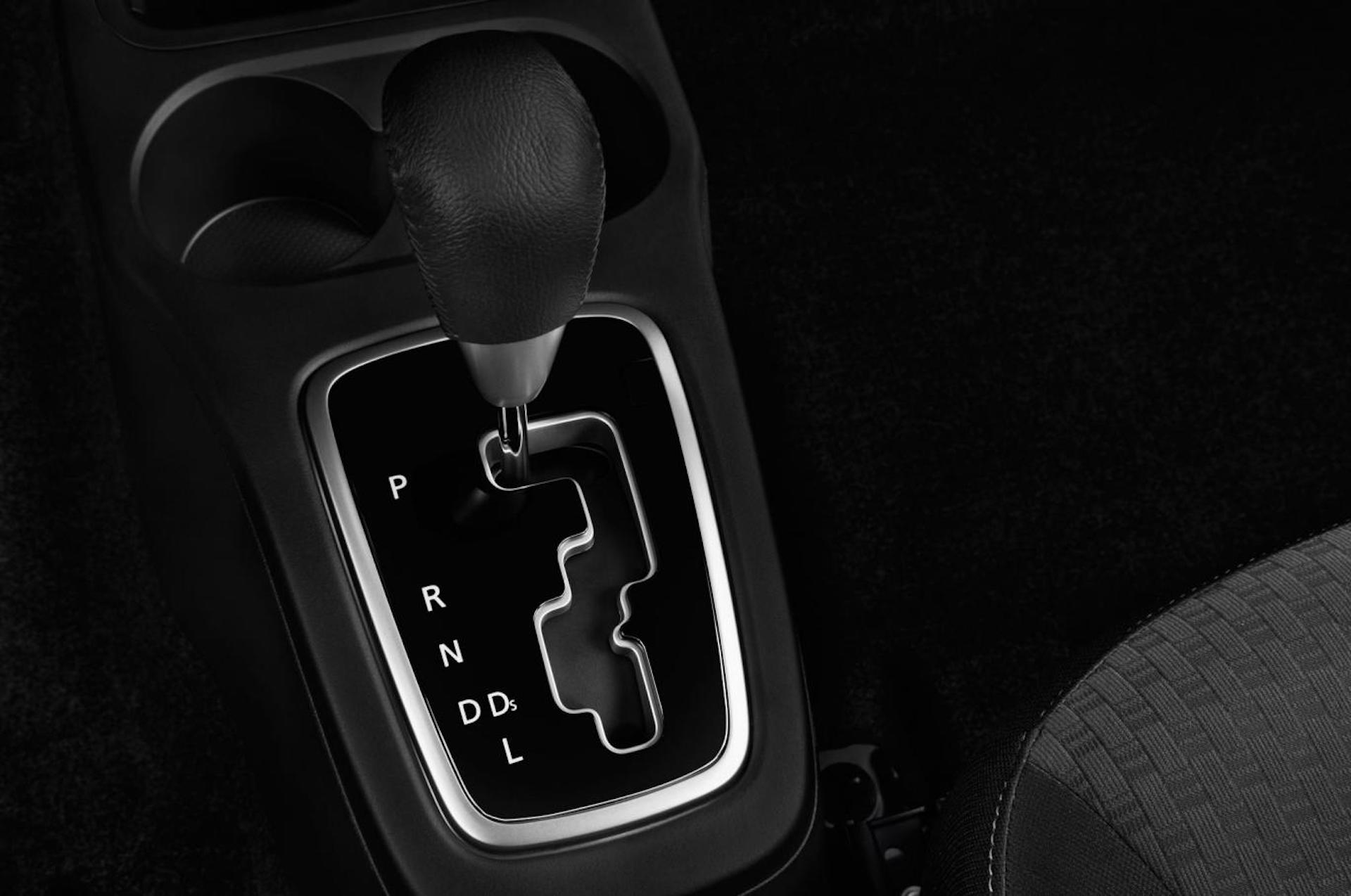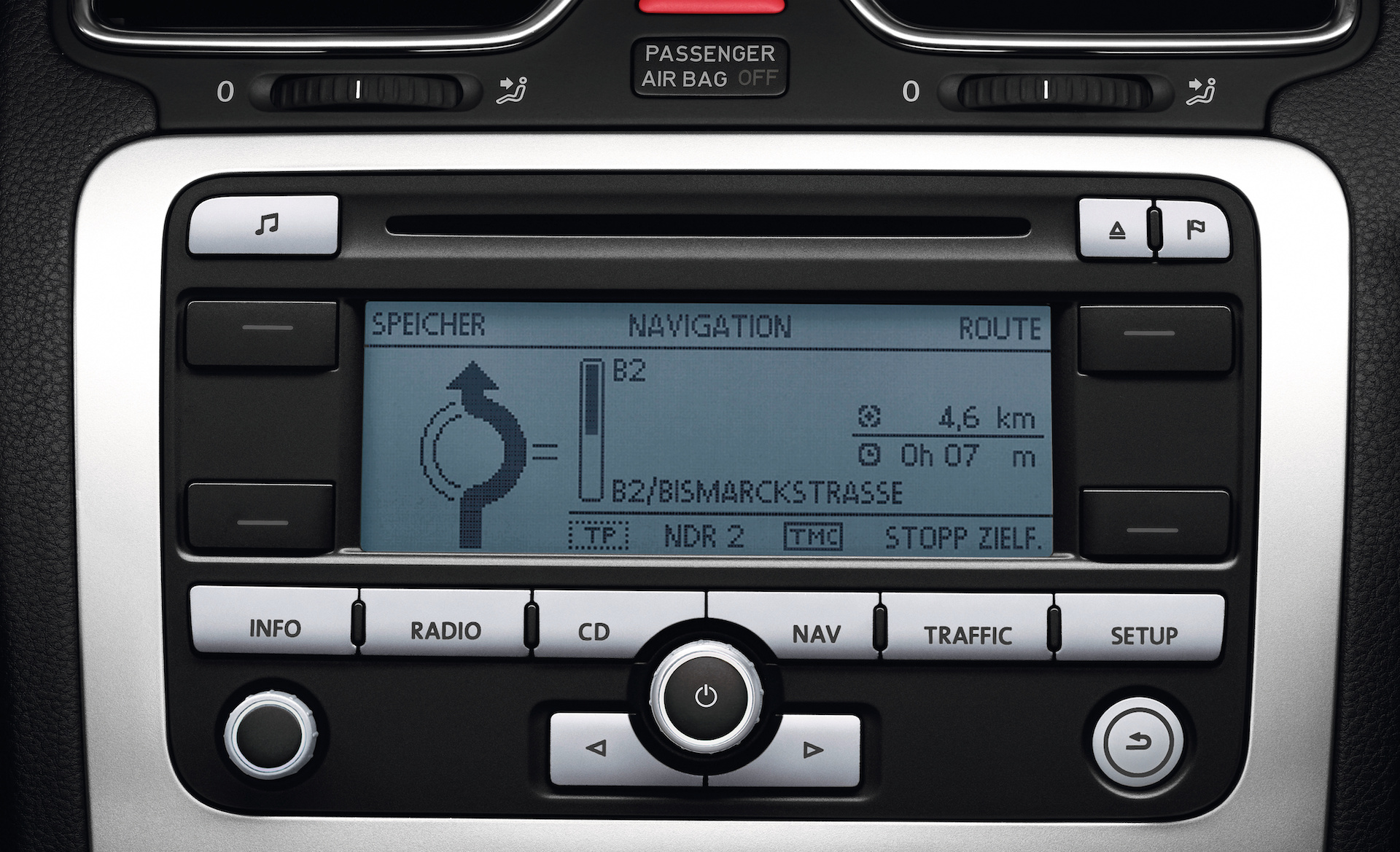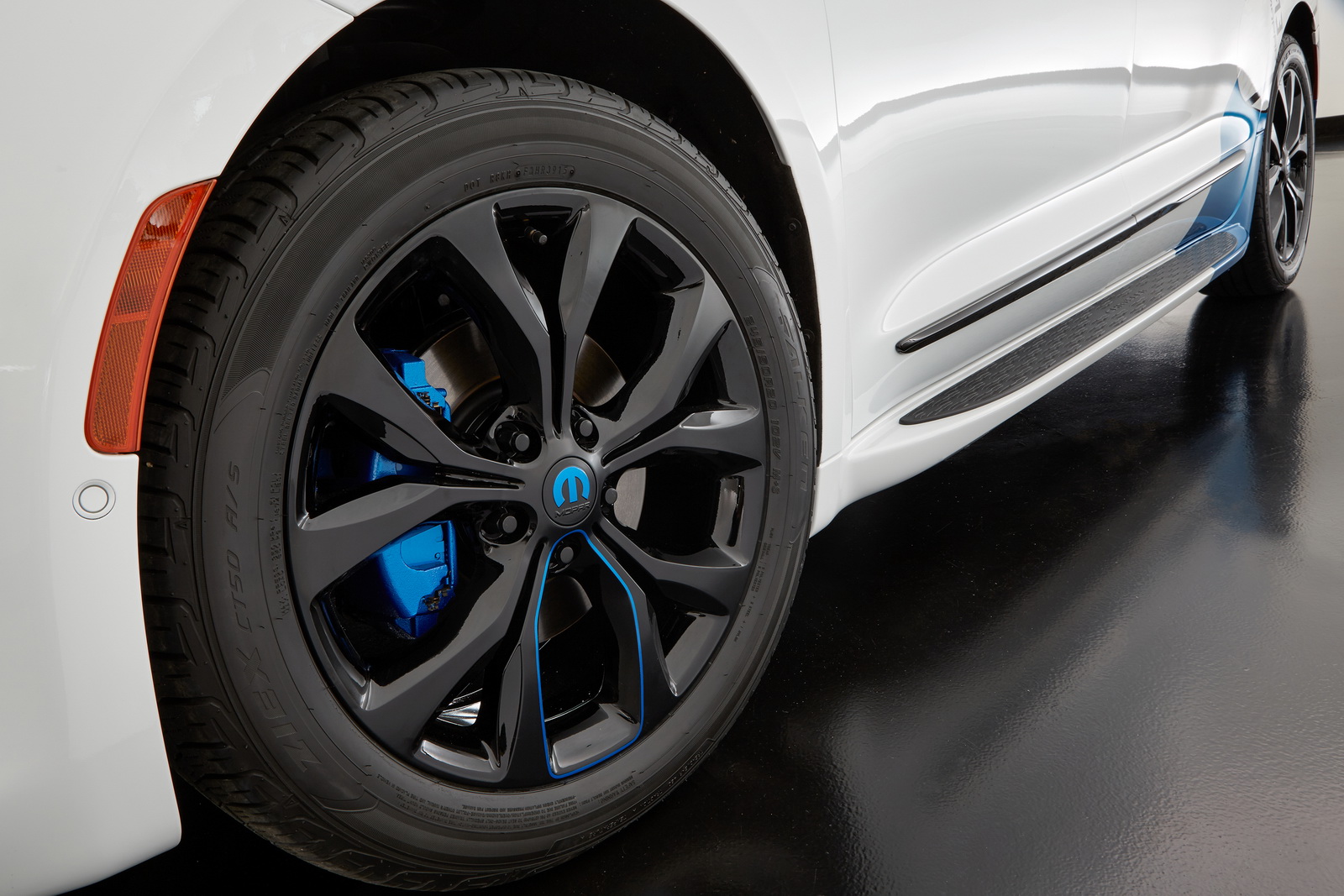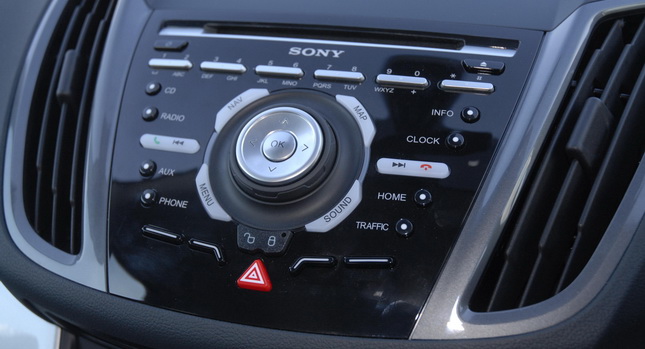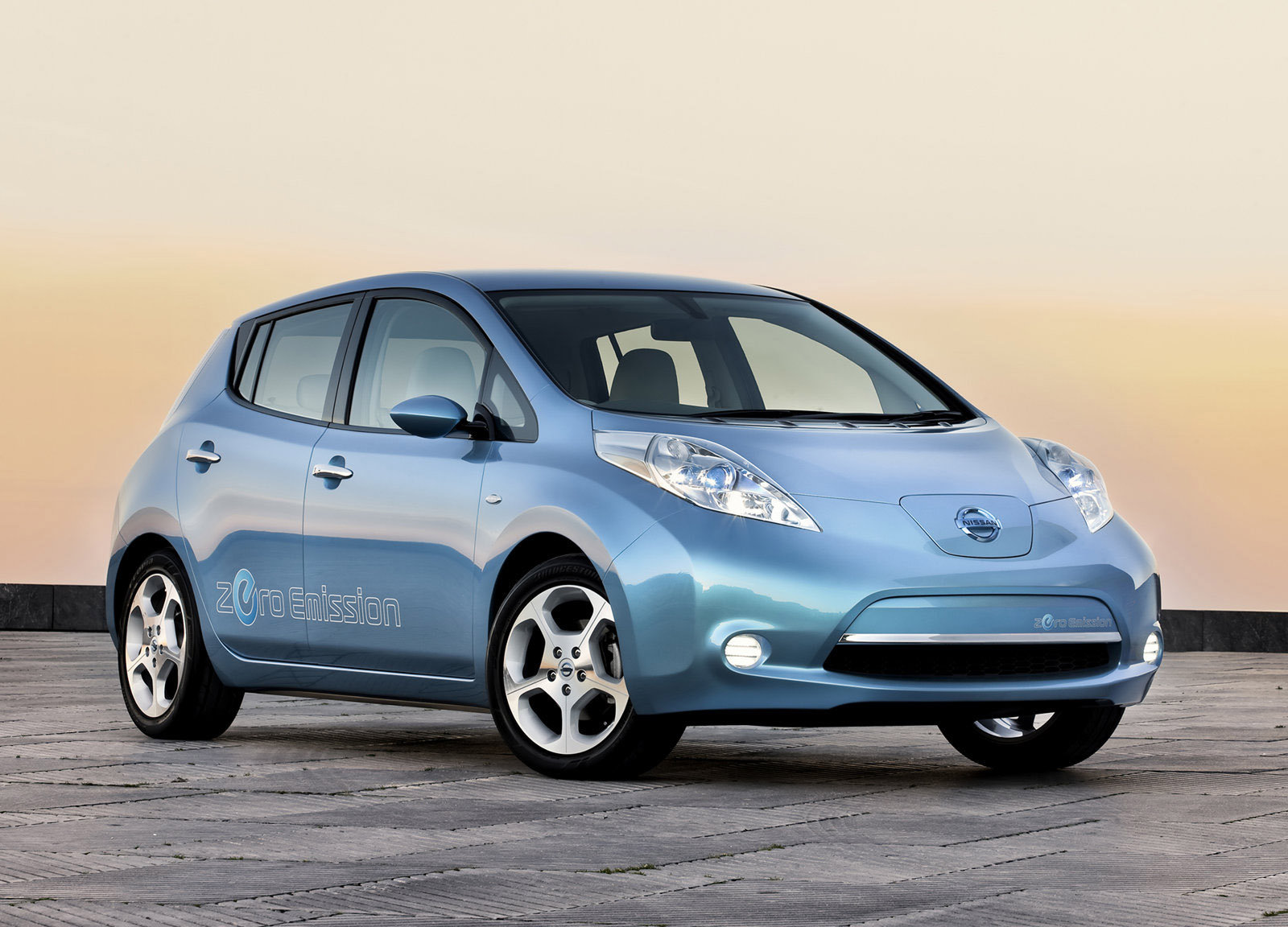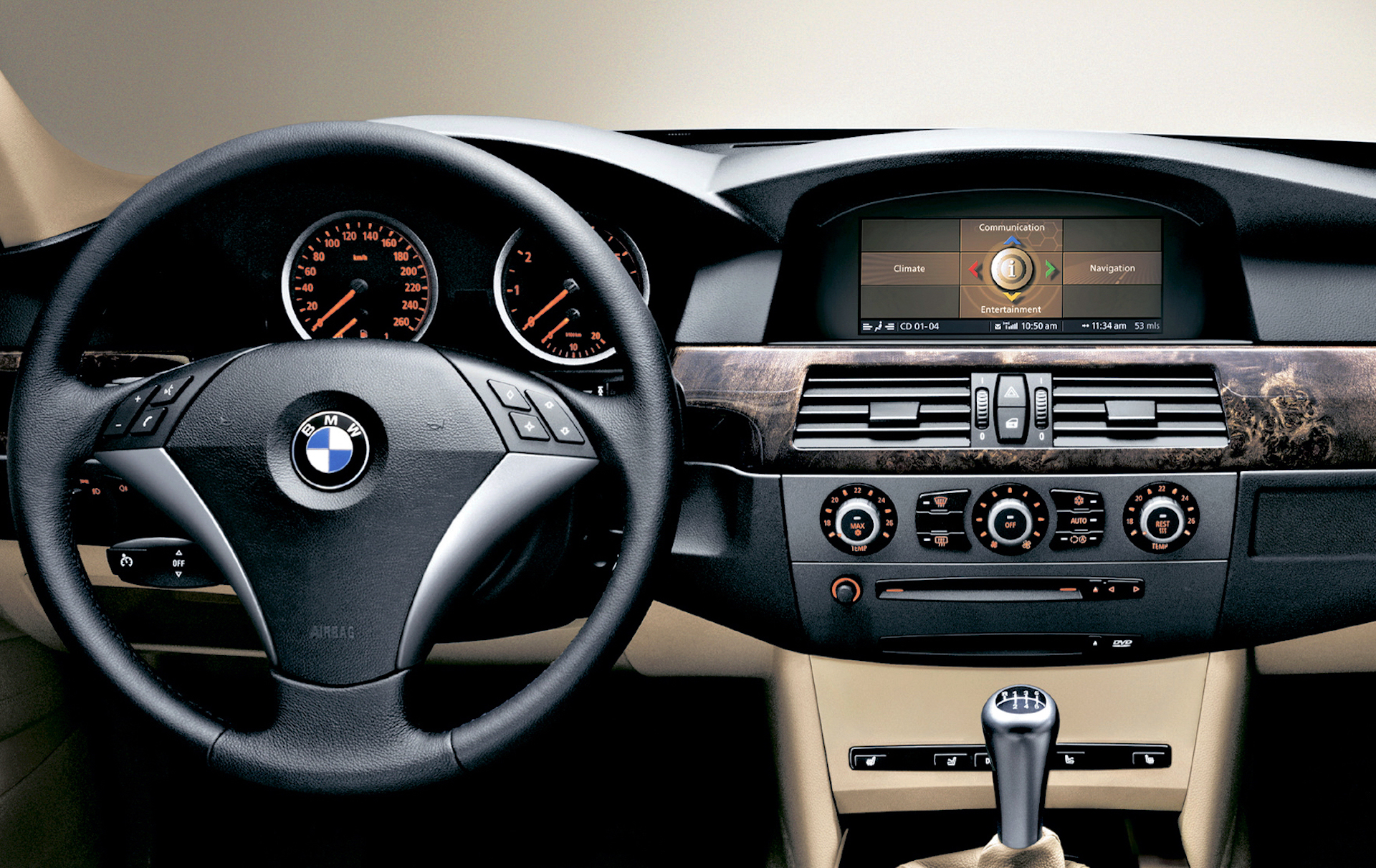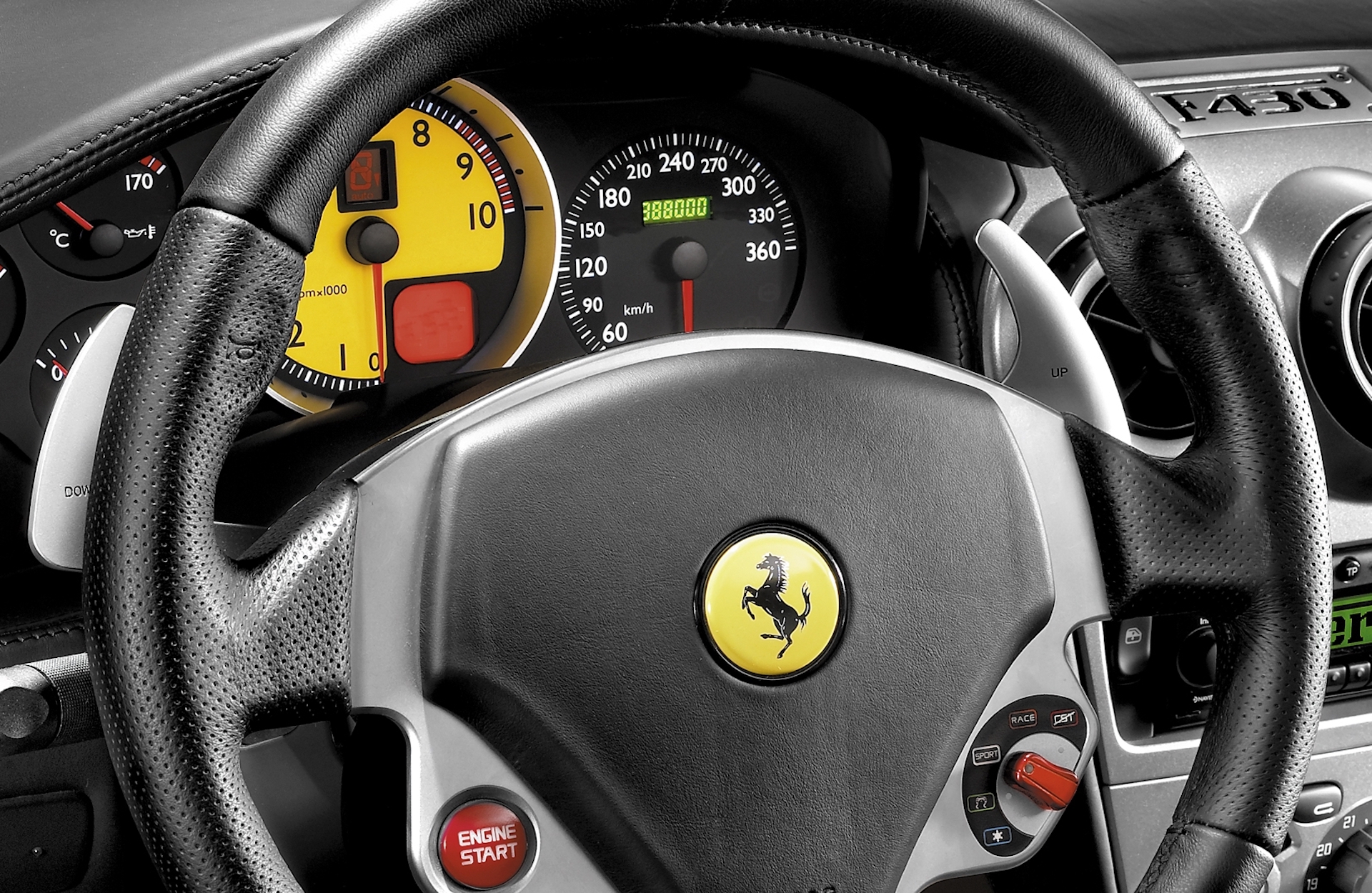Cars, car design and the technology in our cars, it’s all constantly evolving. Some features, like the steering wheel, haven’t changed much in 120 years because we haven’t found a better way to make a car change direction (whatever Tesla’s Full Self Driving marketing hype might claim). And some styling trends, like chrome trim or huge grilles, moves in and out of fashion from one generation to the next.
It’s easy to look at vehicles from the 1960s or 1970s and poke fun at how much things have changed, but even sticking to a much more recent timeframe, it’s clear that our cars have changed in some key ways, and usually for the better. Here are 10 new cars trends from the 2000s and 2010s that look about as contemporary as loin cloths and togas.
Ugly DRLs And LED lights
Daylight running lights have been around for decades, but recent advances in LED lighting technology has helped designers makes their cars recognizable from the front and rear, even in the dark when you can’t see the grille or badges. But today’s smooth, ribbon-effect LEDs are, ahem, light years ahead of the ugly strip of bright dots that passed for DLRs on cars a decade ago.
Saw-Tooth Automatic Shift Gates
Related: Toyota Developing Fake Manuals For EVs, Patents Reveal
Traditional shift levers with fixed positions for Park, Reverse and Drive have been edged out by electronic joystick levers that are rocked backwards and forwards to select the same modes. But glance down at the console of something like the a current Mitsubishi Mirage with its sawtooth shift gate and you’d swear you’d slipped through a portal to 2003.
Arrow-Only Satellite Navigation
With an incredibly sophisticated mapping system built into the phones we all carry around every day, it makes no sense to pay extra for a sat nav system in our cars if one isn’t already fitted as standard. But go back 15 years to a time when phones were still dumb, and some in-car navigation system weren’t much better, and companies like VW and Audi would charge you almost $1000 for mono-color arrow-based navigation that didn’t even have a map.
Rally Stripes
Remember when anything with the vaguest kind of sporting pretensions seemed to have to telegraph that with a set of front-to-rear rally stripes? They look great on a ’65 Mustang GT 350 and a 2022 Ford GT, and we’re kind of partial to how they set off the 2008 Ferrari 430 Scuderia and 2016 Porsche 911 R. But Gemballa’s GTP 720, the tuning house’s take on the Porsche Panamera, and fake hot hatches like the Vauxhall/Opel Corsa Sting look like one big brown stripe to us.
Black wheels
The trend for black wheels exploded in the 2000s and it hasn’t completely disappeared despite it arguably being absolute garbage. Fans say it makes their car look mean and moody. I say it makes people think your wheels have been pinched last night and you’re rocking a set of winter steelies until you can save up for a new set. It makes the details and design of the wheel hard to spot, photographs really badly, and the tiniest little curb rash shows up from miles away.
Beige Ferraris
Safe, perennially popular colors like silver, white, gunmetal gray and black never go out of fashion, but that also means they’re never at the cutting edge of fashion. And just over a decade ago, to please car buyers who wanted to feel like they were bang on trend, even if that meant driving a car that looked like a 1980s hearing aid after six months in the sun, carmakers from Mini to Ferrari started pumping out some very beige cars.
CD players
When was the last time you listened to a CD in your car? For me it must have been at least 10 years ago. But almost every car up until the mid 2010s came fitted with one of those weird horizontal slots in the dash, despite MP3 players revolutionizing the way we listen to music a full decade earlier. And let’s not forget that Lexus was still installing tape decks in its cars as late as 2010.
EVs With A 100-mile Range
Related: Mazda Explains Why The MX-30 Has A Small 35.5 kWh Battery
Mazda’s decision to equip its MX-30 crossover with a tiny 30 kWh battery that results in a pathetic 100-mile range has been met with widespread derision. But rewind a decade to when EVs were a novelty and the most you could expect from a brand new 2011 Nissan Leaf was around 90 miles.
Non-Touch Screens
Jump into just about any brand new car and you’ll be met with some kind of glossy console screen that’s begging to be pushed and prodded. I have serious reservations about the safety and partiality of putting every single control into a device that requires you to take your eyes off the road, but have your tried moving the cursor on a navigation map in a BMW or Audi from the time before they added touch functionality to their rotary dial-controlled infotainment systems? It’s like trying to thread a needle while riding shotgun in a Dakar Rally car.
Unfortunately for some recent BMW buyers, they got a taste of the 1990s with their new cars which were built without touchscreens due to semiconductor shortages.
Clunky Automated Manual Transmissions
At the start of the 2000s it was normal for automatic transmissions to have five forward ratios, but now we routinely see cars with nine, and even 10 gears. But there have been far bigger advances in the world of automated manual transmissions. Drive a twin-clutch Ferrari 458 after an F430 with the older single-clutch F1 transmission and you’ll swear there must be an entire generation of cars between them.
What other features from the the past 20 years do you think look badly dated now? And what features from current cars will look badly dated 20 years from now? Leave a comment and let us know.




